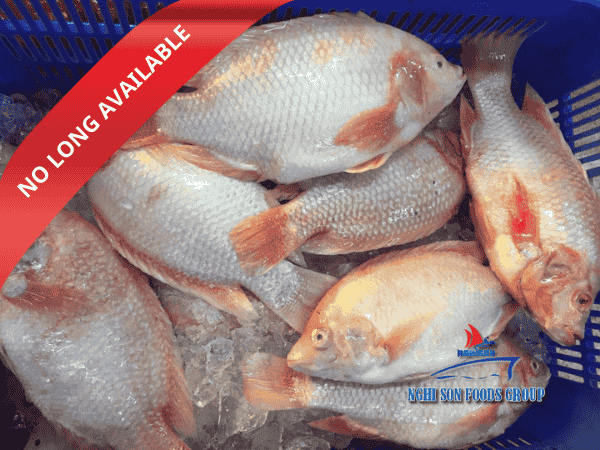Table of Contents
ToggleGrowing Opportunities in ASEAN Market
While the focus of Vietnamese seafood exporters has traditionally been on major markets like the US, China, Japan, and South Korea, industry insiders are recognizing the significant potential of ASEAN (Association of Southeast Asian Nations) as a lucrative and expanding market.

Impressive Export Growth within ASEAN
Vietnam’s seafood exports to ASEAN countries reached a notable milestone last year, totaling $612 million. This figure is a substantial increase from the $66 million recorded in 1998, demonstrating the region’s growing appetite for Vietnamese seafood products.
Diverse ASEAN Importers
Vietnam’s seafood exports were distributed across all nine countries within the ASEAN bloc. Among these nations, Thailand, the Philippines, and Singapore emerged as the largest importers. Thailand alone accounted for 40 percent of the total export value to ASEAN, with imports amounting to $248 million. Meanwhile, the Philippines witnessed a remarkable surge, importing seafood worth $132 million, a 2,000-fold increase compared to 1999.
Key Seafood Export Items
Within the ASEAN market, sea fish stood out as Vietnam’s primary seafood export item, amounting to $289 million last year. Squid and octopus followed closely, with exports reaching $71 million. Both figures represent significant growth compared to 1998, highlighting the expanding demand for Vietnamese seafood in the region.
The Dominance of Traditional Markets
Despite the potential of the ASEAN market, Vietnamese seafood businesses have primarily focused on traditional key markets such as the US, Japan, China, and South Korea. These four countries collectively accounted for 52.7 percent of Vietnam’s total seafood export value in the previous year, as reported by the Ministry of Agriculture and Rural Development.
China: A Growing Market
China, in particular, has demonstrated strong growth in seafood imports from Vietnam, recording a year-on-year increase of 28.8 percent in the first four months of this year. Notably, China is the largest importer of Vietnamese pangasius fish and shows potential as a major shrimp market in the future, according to a report by VASEP (Vietnam Association of Seafood Exporters and Producers).
Encouraging Focus on ASEAN
Recognizing the immense opportunities within the ASEAN market, VASEP has encouraged Vietnamese businesses to explore this potential market. The establishment of the ASEAN Economic Community (AEC) in 2015 has provided Vietnam’s seafood industry with significant tax incentives. Additionally, the projected population growth in ASEAN, estimated to reach 790 million by 2050, creates a substantial demand for food, including seafood. VASEP predicts that seafood consumption within the bloc will increase from 24.5 million tons in 2015 to 37 million tons by 2030, with per capita seafood consumption rising from 38.4 kilograms to 51.5 kilograms during the same period.
Continued Growth in Vietnamese Seafood Exports
In 2017, Vietnam’s seafood exports reached $8.32 billion, representing an impressive 18 percent growth compared to the previous year.
In conclusion, while Vietnam’s seafood industry has traditionally focused on key markets like the US, China, Japan, and South Korea, the ASEAN market has emerged as a significant opportunity. With remarkable export growth within ASEAN countries and favorable conditions created by the ASEAN Economic Community, Vietnamese seafood businesses are encouraged to explore and capitalize on the vast potential this market offers.




















